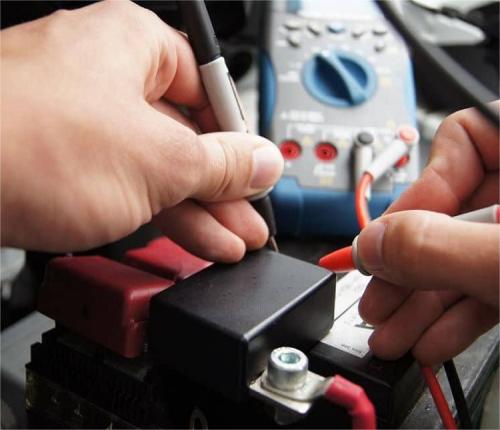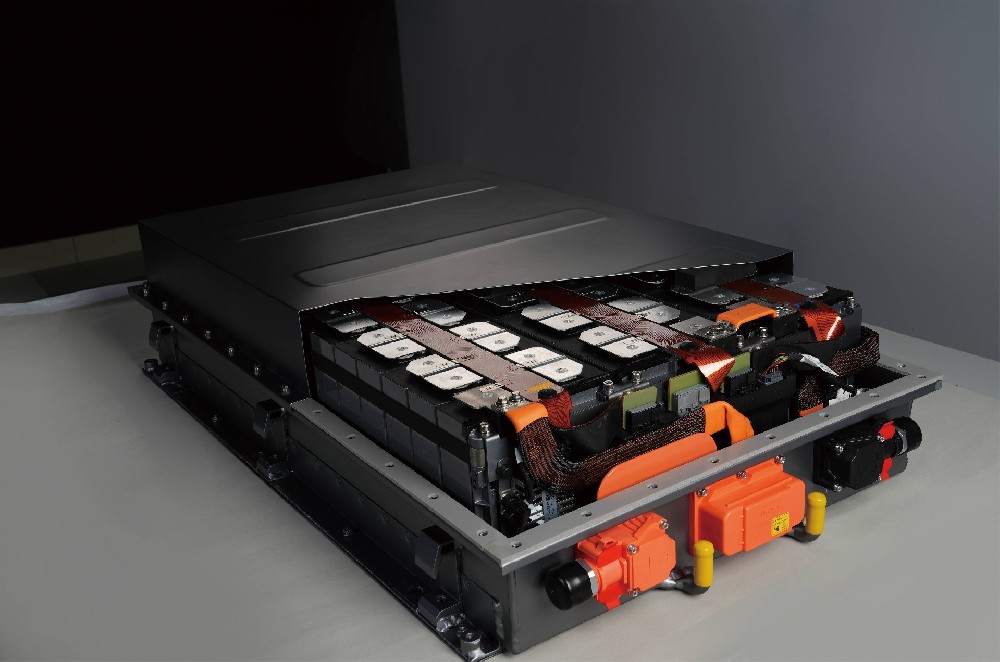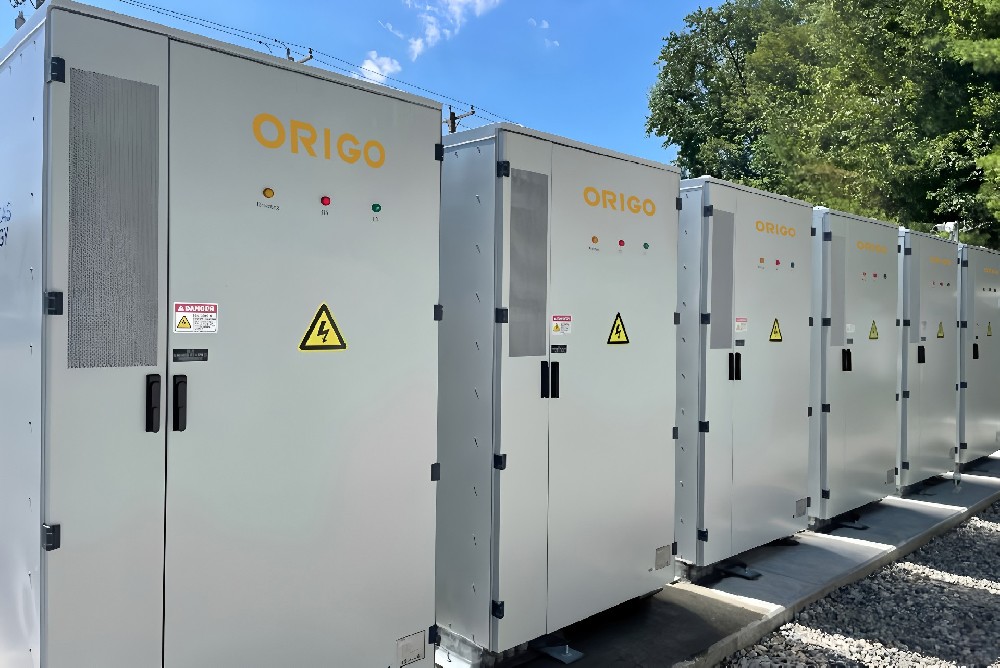Lithium-Ion Battery Care Guide
Is it as simple as buying a few Lithium Iron Phosphate battery cells and connecting them to an inverter? There is one very important thing that is missing, that is the BMS. This is the core of the energy storage system. The functions of BMS are:
1. Preventing overcharging or overdischarging of the Lithium Iron Phosphate batteries. The charging voltage of lithium batteries must be precise and within the rated range. Take a single battery as an example, its normal working voltage range is generally between 3.0-4.2V. Once the charging voltage exceeds the upper limit, for instance, climbing to 4.3V, the LFP battery will undergo a violent reaction like a volcanic eruption, the electrolyte will rapidly separate, releasing a large amount of gas, the stable structure of the battery material will be severely damaged, and even a short circuit may occur. Once there is a short circuit, it will quickly heat up, and in severe cases, it will catch fire and even explode. During the discharge process, if the Lithium Iron Phosphate battery is deeply discharged and the voltage is too low, the originally orderly chemical reactions inside the Lithium Iron Phosphate battery will enter an irreversible chaotic state, the battery capacity will drop sharply, and in severe cases, it will be completely scrapped. BMS will constantly monitor the charging voltage and Lithium Iron Phosphate battery voltage throughout the charging and discharging process. Once the voltage exceeds the preset value, it will immediately cut off the circuit to ensure that the battery operates safely within the preset value. It is the guardian that ensures the LFP battery's lifespan.
If you want to know more about lithium batteries, please consult info@lishenpower.com.






